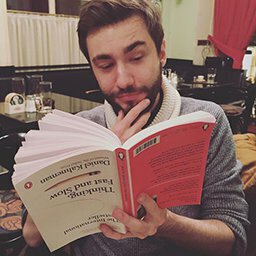Continuously Compounding Interest
How to calculate the continuously compounded interest rate, which is equivalent to a given (nominal) annual interest rate?
I’ve found the above hard to google (maybe these are not the correct finance terms), so I’ve decided to add my own entry on the subject. In chase you just want the answer, here it is:
To find out why this is true, and how it would work for different compounding periods, read on.
The formula for compound interest (that you find on the web) is:
where is the initial wealth, is the wealth after years, is the nominal annual interest rate, and is the number of compounding periods per year.
As we vary the number of compounding periods, we notice that we get a higher return as the number goes up. Note that this is the case even though we divide the interest rate by the number of compounding periods .
The effect of compound interest, with an initial investment of $1,000 and 20% annual interest, compounded at various frequencies. Source. Licensed under CC-BY-SA-3.0
Since we’ve noticed that we get more money as we increase the number of compounding periods, we might be interested in what happens when we grant ourselves infinitely many compounding periods. Contrary to what you might think, we don’t get infinite money.
We can figure it out by letting approach infinity.
If we set , we get
Since we know that converges to , we get
This corresponds to the purple line in the chart above. As you can see, it results in the highest growth for the given interest rate.
Now, we might be interested in the rate, which when compounded continuously, would result in the same growth as annual compounding, but smoothly distributed throughout the year. In the graph, this would correspond to a continuous line that touches every left corner of the annual line (green).
The continuously compounded rate for this curve would be slightly lower than the corresponding annual interest rate . But by how much?
We already have the formulas for discrete and periodic compounding, so we can equate them and solve for :
Since when compounding once per year, we get
which is equal to the statement in the introduction.
Conversely, we can derive a formula to calculate nominal interest rates for different compounding periods, given the continuously compounded interest rate:
or in the case of ,
